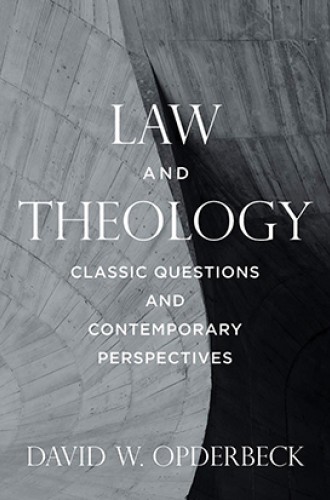The law in our lives
David Opderbeck’s book about theology, the law, and how we engage with both
The law is all around us, in many different forms: constitutions and statutes, rules and regulations, executive orders and court decisions. Together, these different pieces of the law—what lawyers and legal theorists call “positive law”—govern our everyday life by balancing the rights we hold as individuals with the responsibilities we have toward one another.
Positive law, as the lawyer-theologian David Opderbeck explains in Law and Theology, is a multifaceted human creation that governs a particular place at a particular time. And how does it govern? Force. Someone who disobeys positive law—for example, by breaching a contract, driving while intoxicated, or killing another human being—is subject to a wide range of state-sanctioned consequences: loss of money, loss of liberty, and even loss of life.
Our place in the midst of positive law frequently changes, and much of the time we barely notice when these changes occur. But sometimes positive law’s changes require a substantial reordering of our lives.






